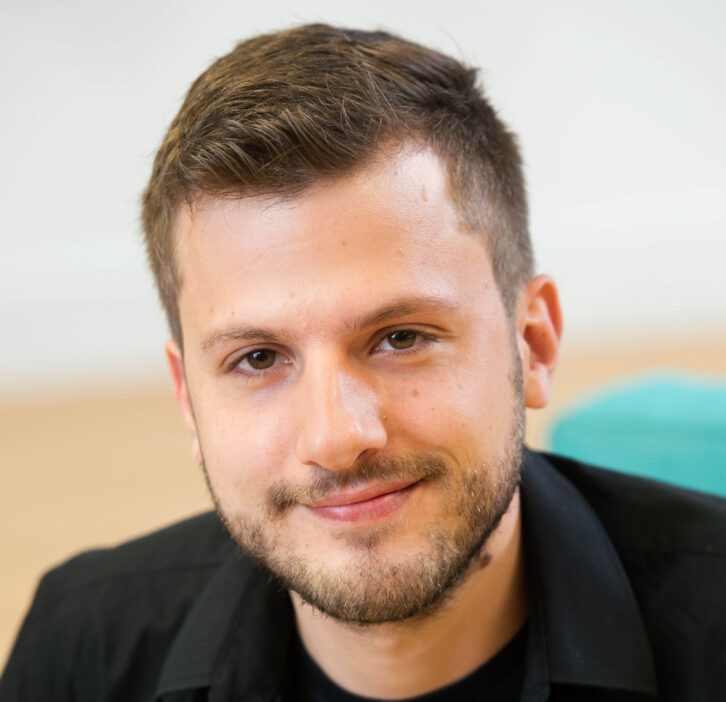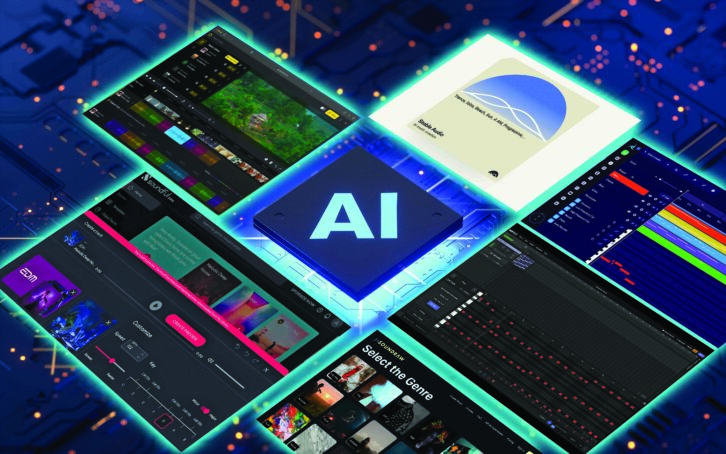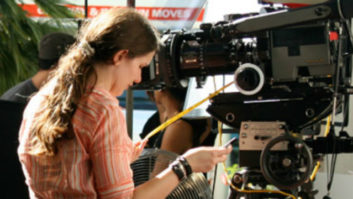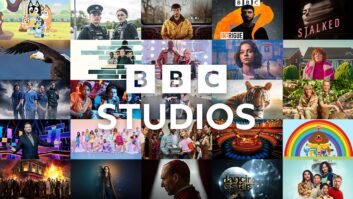The conversation around AI is everywhere right now — and for those of us working in post production, it’s a conversation that can feel equal parts exciting and unsettling. New AI tools are being introduced at a rapid pace, and with them come valid concerns: will these systems eventually take over creative roles? Are sound designers and editors at risk of being replaced?

As someone who started my career as a sound designer and composer — and who now develops tools for the industry — I’ve seen both sides of the conversation. And what I’ve come to believe is this: AI, when used intentionally and transparently, can be a powerful support system. It can reduce the time we spend on repetitive, technical tasks and help us focus more on what really matters: the storytelling, the emotional nuance, and the creative decisions that define great sound design.
Before I started Krotos, I was often frustrated by the tools available to me. Meeting tight deadlines meant hours spent digging through sound libraries, layering assets, and trying to go through multiple software to get the sound I wanted — tasks that were essential but left little room for creative flow. What I really wanted was a way to remove those barriers so I could focus on the sound itself, not just the process of building it.
That desire still drives how I think about AI in this space. There’s a big difference between generative AI — which tries to create sound from scratch — and assistive AI, which enhances and accelerates a human-led creative process. The former is still far from ready for professional use. The latter is where I see real, meaningful potential.
In TV sound, assistive AI can help identify and clean up noisy dialogue, adapt ambience layers across scenes, or streamline the way we organise and manipulate large libraries of audio. These are not glamorous tasks — but they are necessary. Offloading them to smart tools doesn’t reduce the role of the sound designer; it amplifies it. Tools like Krotos Studio are already helping streamline these workflows without interfering with creative decision-making.
Unlocking creativity
Still, I understand the skepticism. I’ve read comments suggesting that AI will dilute the quality of sound work, or that using these tools is somehow a shortcut. But the truth is, creativity has never been defined by how long something takes. The best sound designers are those who know what emotional effect they want to achieve — and can use any tool available to make it happen.
The fear that new technology will replace creative professionals is nothing new. It happened when digital audio workstations became widespread. It happened when stock libraries emerged. It happened in photography, music production, video editing — nearly every creative industry has faced these questions. And yet, professionals in all of these fields still play a central role. Why? Because tools can assist, but they can’t feel. They can’t understand what kind of tension a scene needs. They can’t decide when silence speaks louder than sound.
Even the most advanced AI lacks the instinct, taste, and emotional sensitivity that sound designers bring to their work. No tool can replicate that moment when you realise a single atmospheric layer, played just a little softer, suddenly makes the scene hit harder. That’s not something a machine can teach — it’s something you learn through experience, through listening, and through storytelling.

What excites me about AI is not the idea that it might replace us — but that it could give us more time to do the part of the job we love. The fun part. The creative part. The human part.
Of course, we have to be thoughtful. AI should be transparent in how it works. It should be built with input from the people actually using it. And we should always be critical of tools that make big claims but offer little insight into how they’re trained or what data they use. The sound community has every right to demand ethical, responsible innovation.
But we also have the opportunity to shape how this technology evolves — by engaging with it, testing it, and offering real feedback. The future of AI in post production isn’t something that happens to us. It’s something we participate in. For those of us working in post production, that future is already starting to take shape. We can either fear it — or we can help guide it, making sure it serves the people behind the scenes, not the other way around.
Because at the end of the day, AI might make sound creation easier. But only we can make it meaningful.







